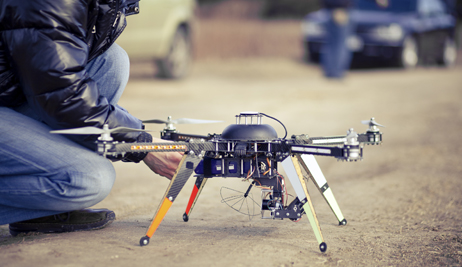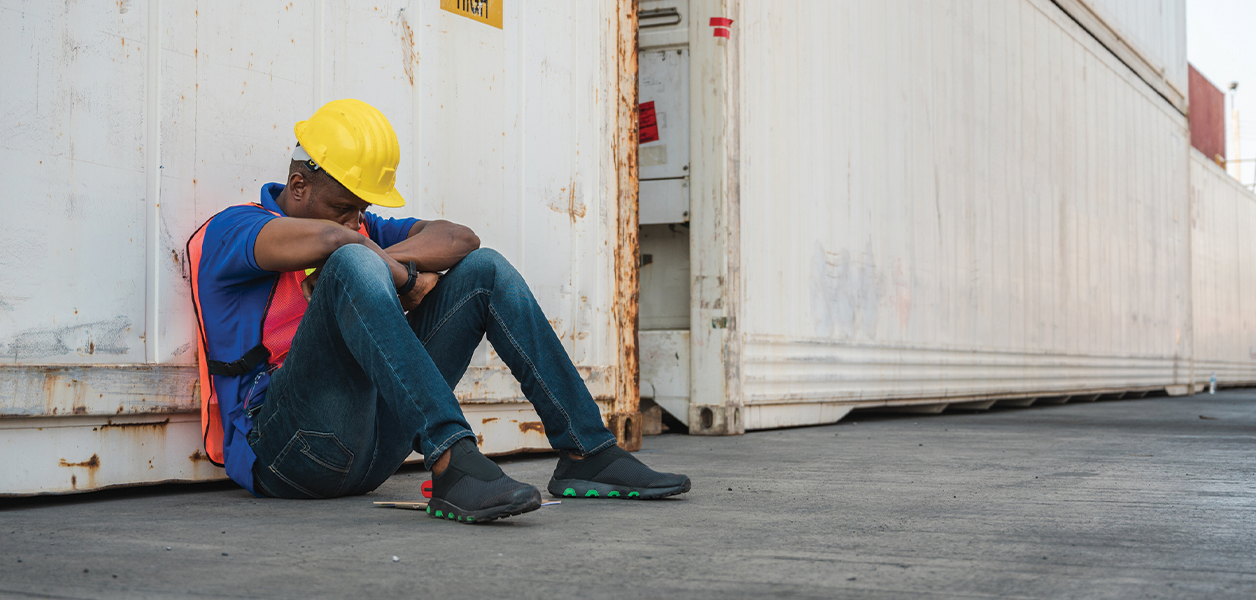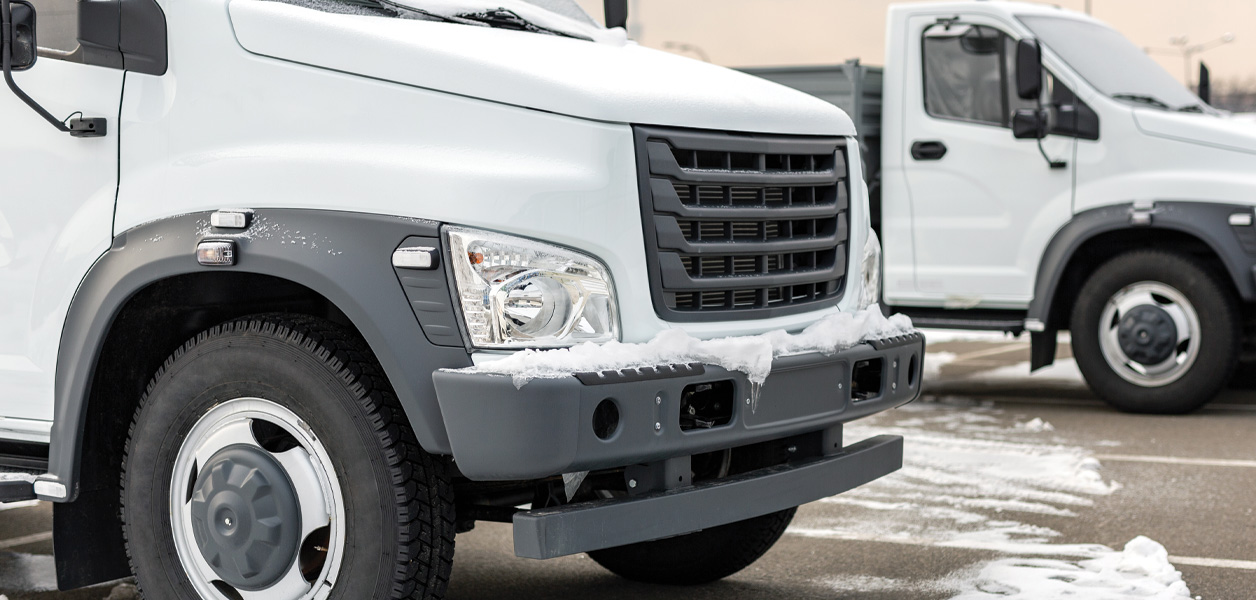The University of Michigan College of Engineering has opened M-Air, a 9,600-square-foot, four-story open-air lab for testing autonomous drones, some of which would be used for roofing purposes, according to www.constructiondive.com.
The project's engineers are developing unmanned drones for many uses, and a statement from the university said some of the drones may be used to inspect roofs for damage and "ferry and eventually position and install shingles with a pneumatic nailer." According to the Replaced by Robots blog, the job of applying shingles has a 90 percent chance of being automated by robotic technologies, such as autonomous drones.
M-Air is an indoor facility, allowing test flights there to bypass strict flight laws. The enclosed space allows researchers to test autonomous drones in real-world conditions while avoiding the risks of operating the machines outdoors.
Mike Danielak of Portland, Ore.-based drone network service provider Skyward says construction is one of the top three uses for commercial drone-based services. Drones can play a big part in pre-construction processes, such as helping designers create 3-D models and maps. They also can be used for dangerous jobs, such as inspecting bridges and wind turbines. Danielak says although regulations restrict the widespread adoption of drones in the industry, the White House is aiming to ease legislation to allow for more drone deployment nationwide.
Federal Aviation Administration (FAA) authorizations allowed drones to inspect roadways and power lines after Hurricane Harvey hit Houston. Drone supporters hope the FAA's more forthcoming approval of drones during that time will lead to future allowances for drones to be used for construction tasks such as building inspections and site surveys.





